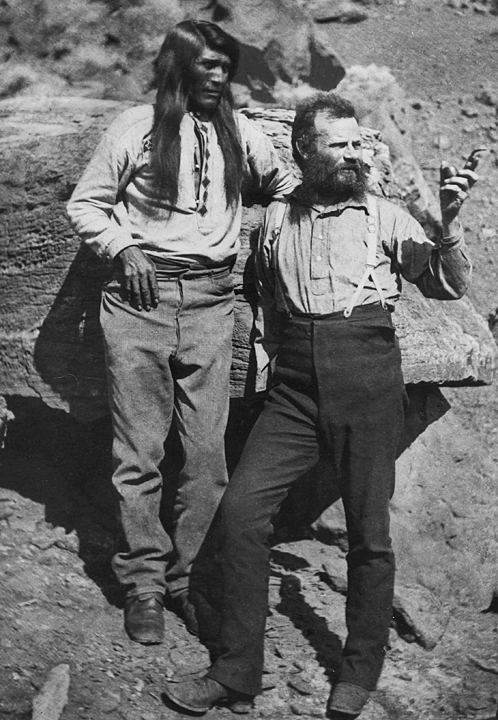
© 2009 Ellen Wakely
Hi, I’m Holly Strand from Stokes Nature Center in beautiful Logan Canyon.
Remember this song?:
You get a line and I’ll get a pole honey
You get a line and I’ll get a pole, babe
You get a line and I’ll get a pole
And we’ll go down to the crawdad hole
Honey, baby mine
Did you know you that the “Crawdad Song” is relevant for Utahns? Not long ago, I encountered a rocky stream just teeming with crayfish.
Crawfish, crawdaddies, freshwater lobsters and mudbugs are all different names for the same little creature. Like a lobster, the crayfish has a joined head and midsection, and a segmented body. Crayfish come in assorted colors: sandy yellow, green, white, pink or dark brown. And they are usually about (3 inches) long.
Crayfish conceal themselves under rocks or logs. They are most active at night, when they feed on snails, algae, insect larvae, worms, and other delicacies.
There are about 330 different species that occur in North America. They are especially concentrated in the southern Mississippi Basin. Utah has only one native—the pilose crayfish. Its range is in northern Utah’s Bear River, Weber River and Ogden River drainages and in the Raft River Mountains drainages.
Utah also has two known invasive crayfish, The northern crayfish is a very successful and aggressive species. It was introduced and stocked in the 60’s and 70’s and is increasingly widespread. These crayfish are particularly abundant in Flaming Gorge and Glen Canyon reservoirs and in the Virgin and Duchesne drainages. The Louisiana crayfish has also found its way to Utah. This is the culinary crayfish that you ‘ve probably encountered in jambalaya and crawfish étouffée.
Nonnative crayfish infestations degrade freshwater habitats if the new crayfish outcompetes natives. Invasives also carry disease. Too many crayfish can destabilize stream banks by digging and burrowing.
In controlled quantities and locations crayfish provide wonderful food for fish, birds and people too. You can catch crayfish with
chunks of meat or fish. They are attracted to the odor.
Anyone with a valid Utah fishing or combination license may take crayfish for personal use during the open fishing season set for the given body of water. Just make sure you don’t transport any live crayfish away from the body of water where taken.
Thanks to The ToneWay Project at Toneway.com for their rendition of the crawdad song.
And to Dr. Scott Miller of the College of Natural Resources Bug Lab at Utah State University.
For Wild About Utah and Stokes Nature Center, I’m Holly Strand.
Credits:
Images: © 2009 Ellen Wakely Northern Crayfish Orconectes virilis
Text: Holly Strand, Stokes Nature Center
Sources & Additional Reading:
Johnson, J. E. 1986. Inventory of Utah Crayfish with Notes on Current Distribution. Great Basin Naturalist, 46(4):625 – 631.: https://ojs.lib.byu.edu/ojs/index.php/wnan/article/viewArticle/1907
Utah Division of Wildlife Resouces. October 01, 2009 Crayfishing for fun and for food. https://wildlife.utah.gov/fishing/crayfish.php [Accessed Nov 13,, 2009]








